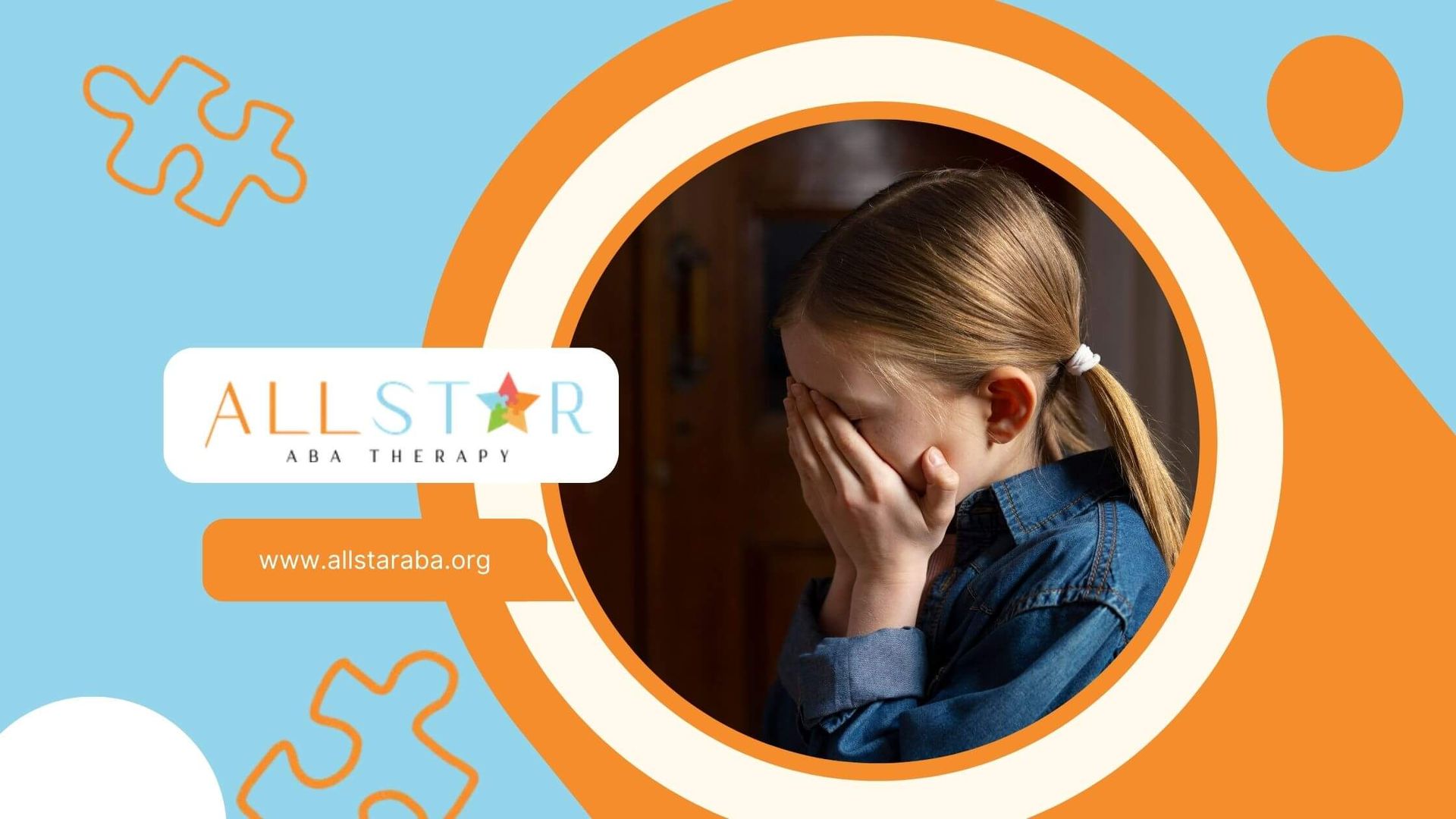New Paragraph
Top Home Safety Tips Autism Parents Need to Know
Making sure the home is safe is very important for parents of children with autism spectrum disorder (ASD). Kids with autism may have sensory issues, may wander, or have trouble talking, which can make regular safety measures not enough. For caregivers, using special ways to keep your kids safe can make a big difference in their lives. You can help by keeping spaces safe, using tools made for autism, and teaching kids new safety skills. These steps do not just keep them safe—they also help people with ASD feel stronger and more secure in their own homes. This guide will provide you with the necessary information.
Understanding Unique Home Safety Risks for Children with Autism
Children with autism spectrum disorder may face many safety issues that are not like the ones other kids have. Some children with autism have sensory issues. This might make them touch things in the house that could be unsafe. Many children with autism also enjoy exploring. Because of this, they might get into risky places like the kitchen or bathroom.
Another big problem is elopement. Elopement means the child might wander away. They do not always know what is dangerous. Sometimes, stress, curiosity, or something that sets off a sensory issue can make a child with autism leave the area without warning. It is important for parents to know about these things. This way, they can come up with safety plans that are right for their child.
Sensory Sensitivities and Their Impact on Safety
Sensory sensitivities are a big concern for home safety when you have a child with ASD. Things like bright lights, loud sounds, and some textures can bother these children a lot. It can make them act fast and without thinking, which can put them in danger. For example, some children may go to touch sharp things, climb on furniture, or look at unsafe stuff because they want a certain feeling.
You need to use close supervision to help stop these situations. This means you should always keep an eye on your child and what they do. It also helps to use the right tools, like noise-canceling headphones or toys made for sensory needs. These things can help your child relax. It can also help them focus on other things. When you know exactly what your child needs when it comes to how they feel things, you can do more ahead of time. You might move things around the home or make a quiet area where there is less going on.
Parents can see safety problems before they happen if they pay attention to what their child likes or does not like around certain sounds, lights, or things they touch. For example, you could put down soft flooring or soft covers on the corners of furniture. This can keep your child from getting hurt during times when their feelings get too strong. The best way to keep your child safe is to match the things in your house to your child’s needs with close supervision and some planning for their ASD.
Challenges with Communication and Awareness of Danger
Communication barriers in children with ASD can make safety risks worse. When they have limited verbal skills, it might be hard for them to tell their caregivers about danger, like a sharp object, or if they touch a chemical. If you teach your child how to give the correct information using speech, hand signals, or with help from technology, you can help close this gap.
Also, many children with ASD do not always understand the dangers in their surroundings. This includes things like fire safety or how to react when meeting strangers. If parents, ABA experts, and law enforcement work together, they can put useful safety steps in place. Over time, they help kids learn important skills that could save their lives.
Doing things such as practicing what to do in an emergency with your family members or caregivers can help children feel safe and ready. Visual aids, such as stop signs and warning labels, can remind them about rules at home and out in the community. When you keep working on communicating and teaching safety, these children can better understand what to do. This keeps them safer if something dangerous happens.
Creating a Safe Living Environment
Making your home a safe place is very important for children with ASD. Parents need to use safety precautions like locking up harmful items and making sure doors stay closed. These steps help you be ready for any problems that may come up. Use child-safe tools, such as alarms, and follow detailed safety measures. These can help keep dangerous areas blocked off and keep your child away from danger.
It is also important to have clear rules about which areas are safe and which are off-limits. A well-organized home makes it easier to teach safety rules to your child. It lets you take care of their needs as they grow and learn.
Securing Doors, Windows, and Exits
Elopement happens often with children who have ASD, and they might leave home without anyone knowing. It is very important to keep all entry and exit points safe to help stop this from happening. Here are some simple ways to do this:
- Put strong locks on every door and window. Try to place these locks high up so a child cannot reach them easily.
- Use covers that make it tough for a child to turn the doorknob. This keeps the way in and out controlled.
- Install sensors or alarms on doors. This will alert family members right away if a door or window is opened.
- Think about using GPS tracking devices so you can know right away where your child is if they leave the house.
Along with watching over your child well, these tools help stop elopement. Teaching your child why wandering is not safe also helps prevent it. Using all these strategies gives good protection at your home’s entryways for them and for all family members living there.
Reducing Environmental Hazards (Sharp Objects, Chemicals, Electricity)
Creating a safe place for children on the autism spectrum means you need to think about possible dangers. Things like sharp objects, strong chemicals, and open electrical outlets can be risky. You have to keep these items out of reach and use child-safe products when you can. Close supervision is very important. It also helps to get caregivers involved with safety precautions to keep the environment safe. Giving correct information about these risks is helpful for first responders and law enforcement. This makes things better for all families with special needs in the community.
Preventing Wandering and Elopement
Wandering can happen at any time with children who have autism. For this reason, parents need to be ready and use close supervision. They can also use special steps to help keep their child safe. Using things like a community safety tool can also help teach new ways to prevent these problems.
Using locked doors and keeping an eye on things with surveillance is a good way to begin. When parents talk and work with ABA professionals, their kids learn how to control their actions better. With planning, families can do a lot to deal with wandering. This will give them and others in their area a safe place to be.
Using Alarms, Locks, and Tracking Devices
Preventive tools like alarms, locks, and tracking devices are important to keep children from wandering. There are a few good things you can use:
- Door Alarms: These give a sound alert every time someone opens a door. They help parents act fast.
- Childproof Locks: Good locks make sure kids cannot open doors easily. This helps to keep exit points closed to curious children.
- Tracking Devices: GPS trackers make it easier to find children fast if they go missing because of elopement. Try to pick tracking devices that are approved by the National Autism Association.
- Window Locks: These stop children from leaving through windows and getting into risky places outside.
Each of these tools will help with caregiving. If you use these tools often and combine them with ABA training, children can learn safety habits well. Technology can help to keep autistic children safe from wandering.
Teaching Boundaries and Safe Areas in the Home
Teaching children with ASD about boundaries needs time, understanding, and using ABA methods. Start by marking places in your home as safe or not safe. You can use bright stickers or pictures to do this. Stop signs work well to show where children should not go.
Family members should join these talks so that everyone says the same rules. For example, if you, your child, and their siblings see sharp items in the kitchen, siblings can help keep their brother or sister away from that area.
ABA training also teaches children these limits. With ABA, children start to know better what is safe. They also learn why some places are off-limits. When all family members work together, the home feels better and safer for everyone.
Conclusion
To sum up, making sure your home is safe for children with autism is very important. It helps them feel good and gives parents peace of mind. Every child is different, and it's helpful to know their needs. When you understand the risks that come with autism, you can use simple strategies to help. Making small changes, like locking doors and removing dangers, lowers the chance of something bad happening. It's also helpful to teach your child about limits and use things like alarms or cameras to stop wandering. If you are careful about home safety, you can keep your child safe and help them feel more independent. It can also help build their confidence. If you want tips for your own home, you can always ask for a consultation.
At All Star ABA, we understand that creating a safe and secure home environment is a top priority for autism parents. While this article provides essential home safety tips, our commitment extends to empowering your family with practical strategies that complement these guidelines. Our expert team not only focuses on therapeutic progress but also offers guidance on proactive safety measures and skill-building that enhance awareness and independence within the home. Choose All Star ABA for comprehensive support that helps your child develop crucial safety skills, ensuring every family member can thrive in a secure and star-safe environment.
Frequently Asked Questions
How can I make my home safer for my autistic child who wanders?
Install door alarms, locks, and GPS tracking devices to help stop elopement. Make sure to keep close supervision at all times. You can also get help from the National Center for Missing & Exploited Children for more resources. Taking these safety precautions gives good protection against wandering risks.
What are effective ways to teach safety skills to children with autism?
Applied Behavior Analysis (ABA) training by a certified BCBA is all about giving the correct information to children with ASD. The training helps to put safety measures in place. It is important to use the rules in the right way every time. By doing this in a positive and safe space, you can help children know and remember the rules better. This is good for their safety too.
Are there specific home modifications recommended for autism safety?
Yes, adding things like fire safety tools, child-proof locks, and alarms can help keep everyone safe. You can look for advice at the Memorial and also talk with a Licensed Behavioral Analyst (LBA). Together, you and the LBA can make a plan that fits what your child needs.seek advice at the Memorial and also consult
Sources:
https://www.mayoclinic.org/diseases-conditions/autism-spectrum-disorder/symptoms-causes/syc-20352928#:~:text=Autism%20spectrum%20disorder%20is%20a,and%20repeated%20patterns%20of%20behavior.
https://moveupaba.com/blog/autism-home-safety-tips/
https://www.nidcd.nih.gov/health/autism-spectrum-disorder-communication-problems-children
https://www.autismspeaks.org/wandering-prevention
Need Support?
We're Here to Help!
Our experienced team is ready to assist you. Reach out today to discuss how we can support your child's development and well-being.
Get started with expert ABA therapy today.








